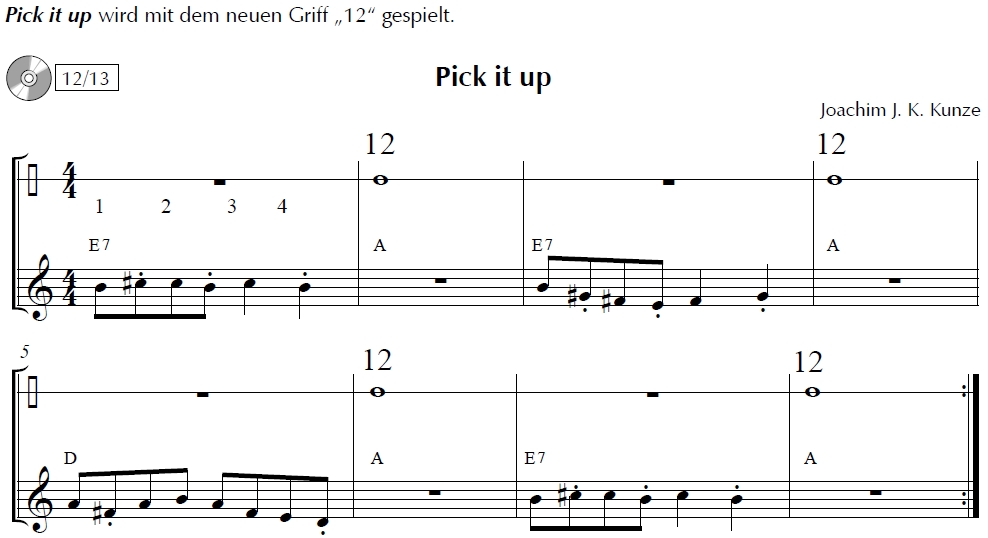Preface
The importance of getting people interested not just in music, but also in playing in a music society, a brass choir or ensemble cannot be overstated. Each time we manage to convince somebody to play a brass instrument in a band or an ensemble, we need to keep the fire going.
In the following, I want to tackle a few issues that may surface with entry-level students of all ages, and to suggest an approach that may help solve those issues.
The first notes on a trumpet
As a music academy teacher, I’m only too familiar with that well-known conundrum of how to keep somebody interested in their brass instrument once the initial excitement gives way to a number of frustrations.
Unlike other instruments, the first notes on a brass instrument are the result of a more or less arduous struggle"”with no "music" in sight. If those difficulties with the first notes persist and demand extensive trial and error, the initial enthusiasm quickly goes awry, making it extremely difficult for teacher and parents alike to persuade the student to keep playing.
Here is what happens during a typical first trumpet lesson: the teacher first presents and describes the instrument and the way it produces sound (possibly with some buzzing), the student has a go with the mouthpiece or the complete instrument. If the first note (or even notes) come out alright, we need to tell our overjoyed student to go home and to practice that (or those) note(s), which is not very encouraging.
If we decided to start with a method right away, the beginner now needs to play a note of which he/she doesn’t know how it’s supposed to sound (if this is their first instrument). Furthermore, they are expected to play one and the same note with untrained lip muscles and no clue about the posture and other aspects involved.
A new approach for effective trumpet teaching
Despite the fact that quite a few trumpet players managed to overcome their initial frustrations and are now musicians, my experience as a teacher has caused me to try out a different approach.
This method requires beginners to play short pieces with no strict obligation to "hit" each not right away. The first few lessons focus on rhythmic fingering exercises. I use a single-line system for those rhythmic indications: the student plays the note he/she practiced, and feels from the rhythm when to start and stop.
The first notes on a trumpet: 0, 1 and 1 2
The student first learns three fingerings (0, 1 and 1 2) based on detailed instructions. The explanation provided here says:
New note:
"Your new note requires the use of valves 1 2. Press both valves, breathe in and start playing. Repeat the note until it feels comfortable. Next, alternate between all three fingerings you already know. Sustain each note as long as you can and write down those time values in the table... For each fingering, try to produce at least two notes of different pitches. If you manage to play three different pitches, you are my hero, but please don’t try to achieve that by force!"
The exercise:
All pieces have been designed in such a way that students will always hit a harmonically pleasant note with the new fingering.
Students can therefore play the trumpet without fear of making mistakes, so that their air flow remains constant. Another positive effect is that beginners will gradually produce clearer tones and "adjust" the pitches of the notes they are playing.
The students thus learn the different fingerings and"”without realizing it"”get increasingly better at hitting the right pitches. After establishing the embouchure and allowing students to experiment with the various pitches supported by each fingering, it is time to work with concrete notes. I decided to use the range around the G1 as starting point, because this helps establish the "set point" in the medium range, from where students can then move up and down over time.
Use
This method works for individual lessons as well as small groups, because there is enough time to focus on the differing abilities of each student (some naturally play higher notes, while others find it easier to play low ones).
I like to think this method will make life easier for trumpet novices of all ages. It certainly helps to add impact to open-house lessons and to attract new students. The method can be used to present the tone generation principle to a group of trumpet or even brass players, and to encourage them to play something. Attendants quickly acquire hands-on experience and will be proud that they can already play a song. It does allow you to show that playing the trumpet is not quite as difficult and exhausting as some would have you believe.
I believe my method significantly boosts the fun part, while it also helps to avoid mistakes and pitfalls that often end in tears and frustration.
And let’s not forget that working with young trumpet players should be fun!
Yours,




